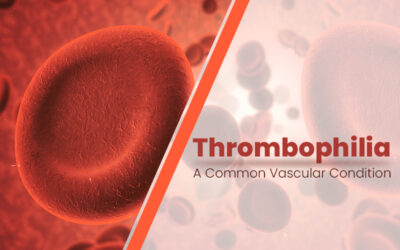With frequent changes, deletions, and modifications happening with the medical codes, documenting and coding coughs have become rather complicated. The codes for cough symptoms have been expanded to report specific types of coughs. As the American Thoracic Society (ATS) and the American College of Chest Physicians (CHEST) point out in their proposal to the ICD-10 Coordination and Maintenance Committee (Sept. 8-9, 2020), “During clinical work-up, cough is initially classified by duration; different categories of cough duration have different diagnostic possibilities and thus different algorithms for evaluation and treatment.” With the expansion of the cough codes, reporting the same on medical claims have become more complex. A pulmonary medical billing company can assist physicians in this regard with accurate medical billing and coding, and timely claim submission.
Symptoms, Causes and Diagnosis
The common symptoms of cough include:
- Postnasal drip
- Sore throat
- Wheezing
- Shortness in breathing
- Heartburn
- Sore taste in the mouth
The causes of cough include:
- Common cold
- Pneumonia
- Whooping cough
- Acute Bronchitis
- Sinus infection
Physicians may recommend diagnostic tests such as X-rays, lung function tests and so on to identify the cause for the cough apart from checking temperature, the number of breaths per minute and so on. These details are to be included in the documents for claiming reimbursement.
Documentation Based on the New ICD-10-CM Codes
As mentioned earlier, recently, the medical coding for cough underwent some changes and new codes came into effect from October 1st 2021. This is the result of the joint campaigning of the American Thoracic Society (ATS) and American College of Chest Physicians (CHEST) Clinical Practice. They explained the need for subcodes for cough (R05) as patients presented with variations of cough. Thus, new codes were added to Chapter 18, Symptoms, Signs and Abnormal Clinical and Laboratory Findings, not elsewhere classified in the 2021 ICD-10-CM Official Guidelines for coding and reporting. Office staff preparing the reimbursement document should be updated with such medical coding changes happening frequently. Hiring a reliable medical coding service may be the best option for physicians to file accurate medical claims. Physicians can then benefit from the service of coding professionals who stay updated with the changes happening in the industry. In reimbursement claims, ICD-10 codes are as important as CPT codes.
ICD-10 Codes for Cough
As per the recent update, mentioning the code R05 is not enough. Certain sub-codes have to be used as well. Let us take a look.
- R05 Cough
Type 1 excludes:
- A37.0 paroxysmal cough due to Bordetella pertussis
- J41.0 smoker’s cough
Type 2 excludes:
- R04.2 cough with hemorrhage
❖ R05.1 Acute cough
❖ R05.2 Subacute cough
❖ R05.3 Chronic cough
❖ R05.4 Cough syncope
❖ R05.8 Other specified coughs
❖ R05.9 Cough, unspecified
The joint effort of health practitioners and coders is essential for preparing accurate and effective documentation.
Medical billing and coding outsourcing can help physicians ensure accurate claim filing. Outsourcing gives them more time to devote to patient care. The office staff can also reduce workload, and focus on other important administrative processes.




